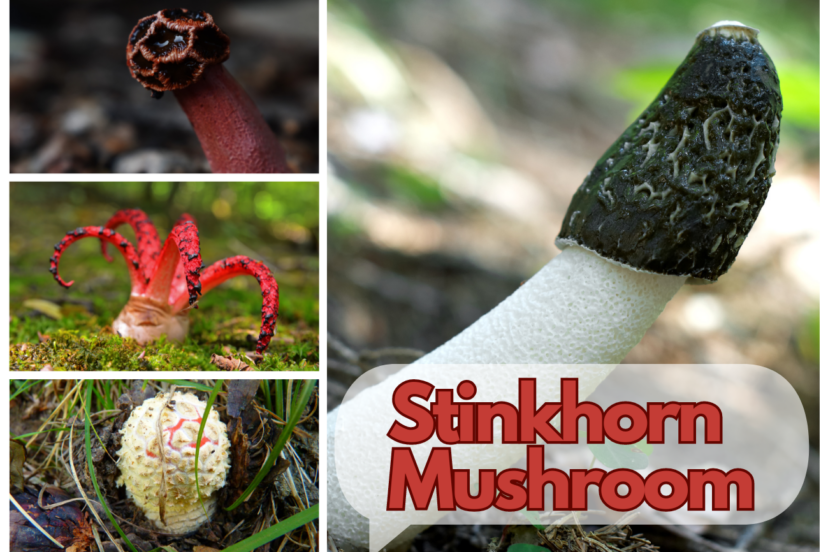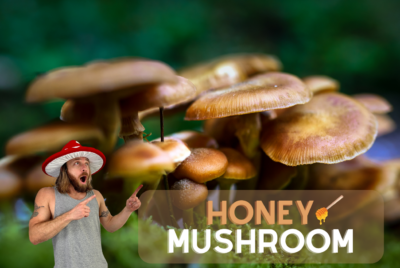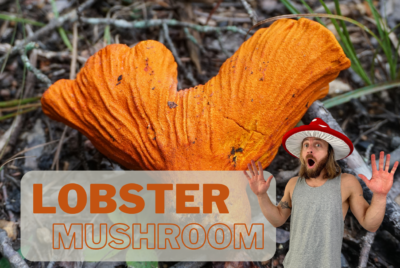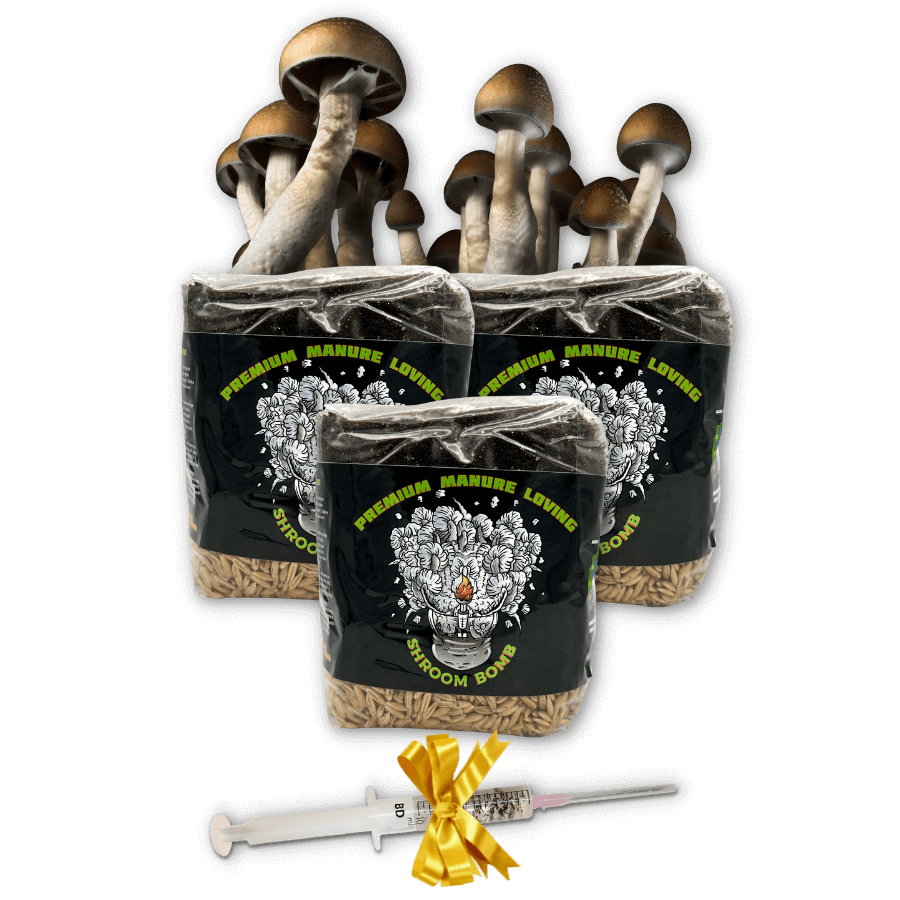Mushroom enthusiasts and foragers are often captivated by the diverse and mysterious world of fungi. Among…
Stinkhorn Mushrooms: Phallus Impudicus and The Other Types

Stinkhorn mushrooms, scientifically known as Phallus impudicus, are a peculiar and intriguing group of fungi that have earned their distinctive name due to their foul-smelling, putrid odor. These fascinating mushrooms are known for their unique appearance, odor, and the important ecological role they play in the forest ecosystem. In this article, we will delve into the world of stinkhorn mushrooms, exploring their identification, characteristics, habitat, growth, and different types, shedding light on these mysterious and misunderstood fungi.
Identification of Stinkhorn Mushrooms
Physical Characteristics
Stinkhorn mushrooms are relatively easy to identify, thanks to their distinct and unusual appearance. They typically feature a tall, slender stem topped with a cap that is covered in a slimy, dark, olive-green to brownish-black spore-bearing substance. The cap is often shaped like a narrow, elongated bell or vase, with a conical tip, giving it a phallic appearance – hence the scientific name “Phallus impudicus.”
The cap’s surface is covered in a gelatinous substance, which emits a strong, pungent odor that attracts flies. This distinctive odor is crucial for the fungi’s reproductive process, as we will explore later.
Stinkhorn Mushroom Size
Stinkhorn mushrooms can vary in size, but they typically reach heights of 6 to 12 inches (15 to 30 cm) when fully mature. The cap can measure around 1 to 4 inches (2.5 to 10 cm) in length and about 0.4 inches (1 cm) in width.
Stinkhorn Mushroom Color
The color of stinkhorn mushrooms is highly variable, ranging from shades of olive green to dark brown or black. The coloration often depends on the maturity of the mushroom, with younger specimens appearing greener and gradually darkening as they age.
Where and When Do Stinkhorn Mushrooms Grow?
Natural Habitat
Stinkhorn mushrooms are primarily found in wooded areas, particularly in temperate and tropical regions around the world. They prefer rich, moist, and well-decayed organic matter, making them common inhabitants of forest floors, mulch piles, and garden beds. These fungi play an essential ecological role in breaking down dead plant material, aiding in the recycling of nutrients in the forest ecosystem.
Seasonal Growth
Stinkhorn mushrooms typically make their appearance in late spring or summer, thriving in warm and humid conditions. They are often a sight to behold after a rain shower, as the moisture helps their rapid growth.
Stinkhorn Life Cycle
The life cycle of a stinkhorn mushroom begins when spores are dispersed from the slimy cap. Flies are attracted to the pungent odor, which resembles the scent of rotting flesh. As the flies land on the cap and consume the gelatinous substance, they unwittingly pick up spores on their bodies. These spore-laden flies then disperse the spores to new locations as they visit other stinkhorn mushrooms, thus facilitating the fungi’s reproduction.
Types of Stinkhorn Mushrooms
Phallus impudicus

The common stinkhorn mushroom, Phallus impudicus, is a close relative of Phallus rubicundus and shares many of the same characteristics. It is known for its unmistakable foul odor, which can be detected from quite a distance. The cap of P. impudicus is often taller and more cylindrical compared to P. rubicundus.
Phallus hadriani

Phallus hadriani, also known as the dune stinkhorn, is another species of stinkhorn mushroom that can be found in coastal areas. It has a similar appearance to P. impudicus and P. rubicundus, with a tall stem and a bell-shaped cap. Its color can vary from pale to dark brown.
Clathrus archeri

Clathrus archeri, commonly referred to as the octopus stinkhorn or devil’s fingers, is a more exotic-looking member of the stinkhorn family. Unlike the typical phallic appearance of other stinkhorns, this species resembles a series of reddish to pinkish-orange “fingers” emerging from an egg-like structure. The odor it emits is equally offensive to attract flies for spore dispersal.
Dictyophora duplicata

Dictyophora duplicata, known as the veiled stinkhorn, is a smaller stinkhorn mushroom species. It has a dark olive-green cap covered with a slimy, spore-bearing substance. The stem is elongated and thin, and it is typically found growing in leaf litter or rich soil.
Ecological Significance of Stinkhorn Fungus
Stinkhorn mushrooms may be notorious for their foul odor, but they serve a crucial ecological role in forest ecosystems. They are saprophytic fungi, which means they feed on decaying organic matter, such as dead plant material, leaves, and wood debris. By breaking down these materials, stinkhorns help recycle nutrients back into the ecosystem, enriching the soil with essential elements like carbon, nitrogen, and minerals.
Furthermore, their interactions with insects, especially flies, play an essential role in their reproductive strategy. The strong, putrid odor they emit mimics the scent of carrion or rotting flesh, attracting flies that are then responsible for dispersing the spores to new locations. This mutualistic relationship between stinkhorns and flies ensures the continued survival of these intriguing fungi.
Are Stinkhorn Mushrooms Edible?
Stinkhorn mushrooms are generally not considered edible, primarily due to their offensive odor and slimy texture. The smell alone is enough to deter most people from considering them as a culinary delight. However, some traditional cultures have experimented with cooking stinkhorns after carefully removing the slimy cap to reduce the odor.
It’s essential to exercise extreme caution when attempting to consume stinkhorn mushrooms, as some species in the genus Phallus may be toxic. Unless you are an experienced mycologist with a deep understanding of the specific species and their edibility, it’s best to err on the side of caution and avoid consuming them.
Cultural and Folklore Significance of Stinkhorn Mushrooms
Throughout history, stinkhorn mushrooms have captured the human imagination and inspired various myths and legends. In some cultures, they are considered symbols of fertility due to their phallic appearance. They have been depicted in art and literature, often representing the duality of life and decay.
Conservation Status
Stinkhorn mushrooms, like many other fungi, are not well-documented in terms of their conservation status. However, they are closely tied to the health of forest ecosystems, as they contribute to nutrient recycling and play a vital role in decomposition. The overall health and sustainability of forest habitats are crucial for the continued existence of stinkhorn mushrooms and other fungal species. Therefore, preserving natural habitats and reducing deforestation and habitat destruction are essential for the conservation of these fungi.
Final Thoughts on Stinkhorn Fungus
Stinkhorn mushrooms, with their unique appearance, foul odor, and vital ecological role, are an intriguing group of fungi that continue to captivate the imagination of those who encounter them. As they break down decaying organic matter and attract flies for spore dispersal, stinkhorns play a crucial part in the forest ecosystem, showcasing the interconnectedness of all living organisms. While







Comments (0)